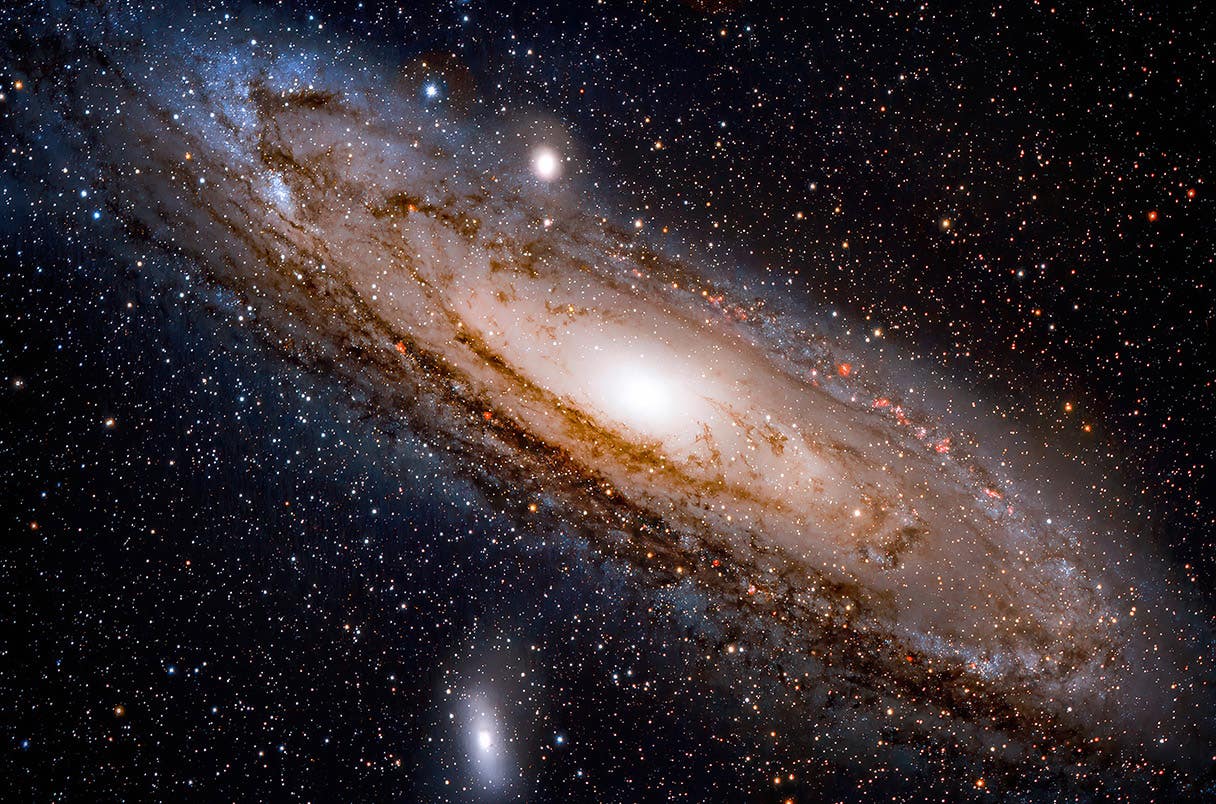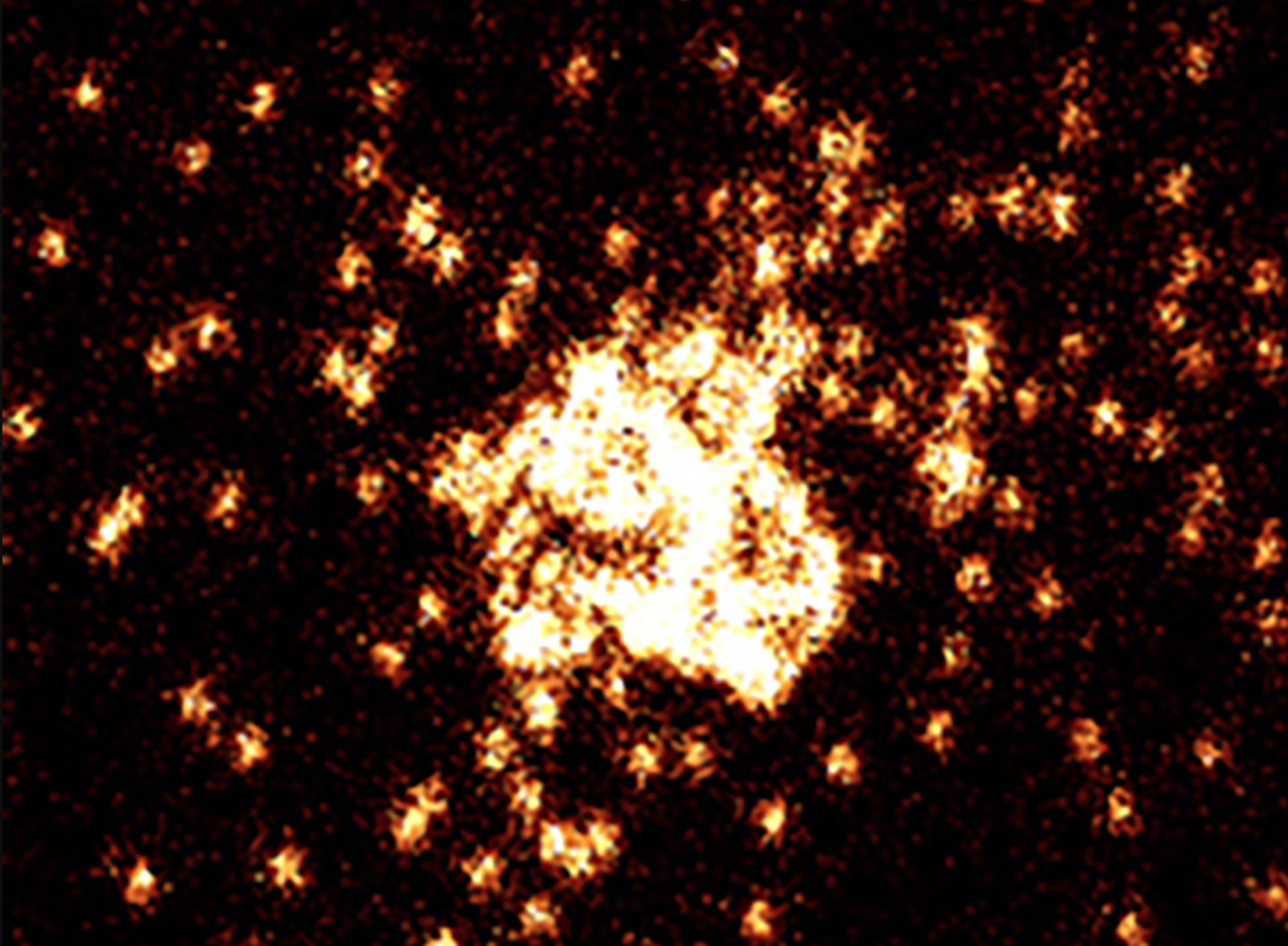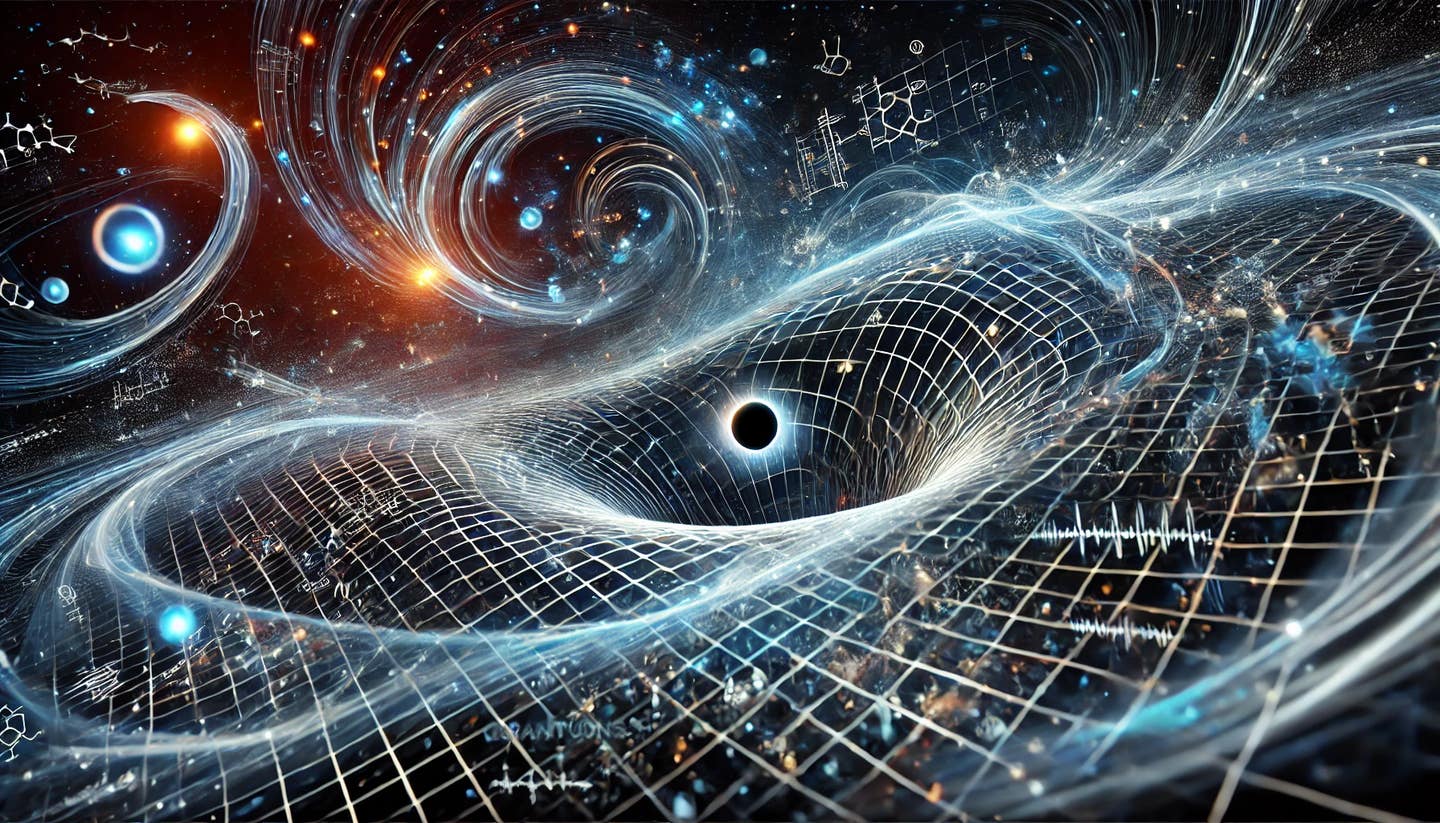Astronomers discover interstellar processes that drive galactic evolution
Explore the circumgalactic medium’s role in galaxy evolution, revealing new insights into star formation and cosmic cycles with CIViL survey data.

The circumgalactic medium connects galaxies to their cosmic environments, driving star formation and recording evolutionary feedback. (CREDIT: CC BY-SA 4.0)
The circumgalactic medium (CGM), a diffuse gaseous halo surrounding galaxies, plays a critical role in their evolution. Acting as a reservoir for gas and metals, the CGM replenishes the galaxy's star-forming fuel and records ejected material from stellar processes.
Despite significant advancements, key questions remain about the CGM’s interactions with host galaxies. Understanding these interactions is essential to unraveling galaxy evolution.
Published in The Astrophysical Journal Letters, research leveraging the Hubble Space Telescope and the Cosmic Origins Spectrograph (HST/COS) over the past 15 years has been pivotal. Studies have analyzed the CGM around various galaxies, focusing on starbursts, active galactic nuclei (AGN), and ordinary star-forming galaxies.
For instance, observations reveal that the CGM of star-forming galaxies is enriched with metals like magnesium, which is more prevalent compared to passive galaxies. This disparity underscores the influence of star formation-driven winds on the CGM’s composition.
Cool-phase CGM gas (approximately 10,000 Kelvin) contains metal-enriched tracers like Mg II, often linked to star formation activity. Studies have shown that star-forming galaxies exhibit stronger Mg II signatures, particularly along their minor axes, likely driven by galactic winds.
This behavior highlights the impact of stellar processes on the surrounding gaseous environment. However, other tracers such as HI and Si II show no consistent correlation with star-forming activity, complicating efforts to generalize the CGM’s role across different galaxies.
The warm-phase CGM, characterized by temperatures around 300,000 Kelvin, displays a striking dichotomy in oxygen VI (O VI) content. O VI, indicative of highly ionized gas, is abundant in star-forming galaxies but almost absent in passive ones.
This stark contrast highlights the relationship between star formation and the ionization state of the CGM. The COS-Halos survey confirmed this trend with high confidence, strengthening the evidence of coevolution between the CGM and its host galaxy. These findings underscore the complexity of the CGM and its dependency on galaxy activity.
Intermediate-ionization CGM phases, traced by ions like carbon IV (C IV) and silicon IV (Si IV), remain less understood compared to their cooler and warmer counterparts. Early research hints at parallels with O VI, particularly in sub-L-star galaxies, where C IV correlates with star formation.
These ions might trace warm photoionized gas or result from turbulent mixing layers, regions where gases of differing temperatures and densities interact. However, limited observations have restricted comprehensive analysis, prompting the launch of the C IV in L-star galaxies (CIViL) survey to address this gap.
Related Stories
The CIViL survey more than doubles the existing C IV observations for L-star galaxies. Probing the halos of 11 low-redshift galaxies, it provides crucial near-ultraviolet data, bridging gaps in prior research. The sample includes galaxies spanning a broad range of stellar masses and distances, enabling comparisons across evolutionary stages. This initiative enriches understanding of how intermediate ions like C IV align with galaxy star formation and feedback mechanisms.
To derive consistent profiles, the survey utilizes dark matter halo masses, calculated from stellar masses and redshifts, ensuring comparisons align with cosmic density thresholds. This methodology, based on robust cosmological models, standardizes analyses across different galaxy surveys, enhancing the reliability of findings. These precise calculations help scientists discern patterns and relationships that inform our broader understanding of galaxy evolution.
New results from the CIViL survey reveal stark differences in C IV detection rates between star-forming and passive galaxies. Detection fractions stand at 72% for star-forming galaxies compared to just 23% for passive ones. This significant disparity mirrors patterns observed for O VI, affirming a strong link between star formation and the CGM’s state.
The findings also suggest a substantial carbon reservoir in the CGM of L-star galaxies, exceeding three million solar masses within 120 kiloparsecs. These massive carbon stores highlight the role of the CGM as a dynamic component in the broader galactic ecosystem.
These discoveries emphasize the CGM’s role as both a contributor to and a record of galaxy evolution. The enriched CGM in star-forming galaxies reflects ongoing feedback processes, where stellar winds and supernovae eject material into the halo.
Conversely, the sparse CGM in passive galaxies underscores the diminishing feedback in the absence of star formation. This dichotomy raises intriguing questions about how galaxies transition between active and passive states and the long-term implications for their evolution.
The interplay between the CGM and star formation influences broader cosmic cycles. Materials in the CGM eventually recycle back into galaxies, sustaining future star formation. This cosmic "conveyor belt" underscores the interconnectedness of galactic and extragalactic processes. By tracing these pathways, astronomers can piece together the intricate web of interactions that shape the universe on both small and large scales.
The CIViL survey is part of a growing effort to fill observational gaps and advance our understanding of the CGM. Future studies aim to expand this work by examining additional ionization states, extending coverage to higher redshifts, and integrating multi-wavelength observations.
Advances in telescope technology and computational models promise to refine our knowledge further, allowing for more precise measurements and deeper insights into the mechanisms driving galaxy evolution.
As research continues, questions about the CGM’s ionization mechanisms and interactions with other galactic components persist.
For example, how do variations in metallicity and gas density across the CGM affect star formation? How do large-scale cosmic events, like mergers or interactions with the intergalactic medium, influence CGM properties? Addressing these questions will require coordinated efforts and innovative approaches, combining observational astronomy with theoretical simulations.
The CIViL survey represents a step forward, filling gaps left by earlier studies and paving the way for future exploration. These efforts promise to deepen understanding of how galaxies evolve within their cosmic environments, bridging the micro and macro scales of astrophysical phenomena.
By studying the CGM, we not only learn about individual galaxies but also gain insights into the processes that govern the universe as a whole. This ongoing exploration of the CGM highlights the dynamic and interconnected nature of the cosmos, where each discovery adds a piece to the puzzle of our cosmic origins.
Note: Materials provided above by The Brighter Side of News. Content may be edited for style and length.
Like these kind of feel good stories? Get The Brighter Side of News' newsletter.
Joshua Shavit
Science & Technology Writer | AI and Robotics Reporter
Joshua Shavit is a Los Angeles-based science and technology writer with a passion for exploring the breakthroughs shaping the future. As a contributor to The Brighter Side of News, he focuses on positive and transformative advancements in AI, technology, physics, engineering, robotics and space science. Joshua is currently working towards a Bachelor of Science in Business Administration at the University of California, Berkeley. He combines his academic background with a talent for storytelling, making complex scientific discoveries engaging and accessible. His work highlights the innovators behind the ideas, bringing readers closer to the people driving progress.



